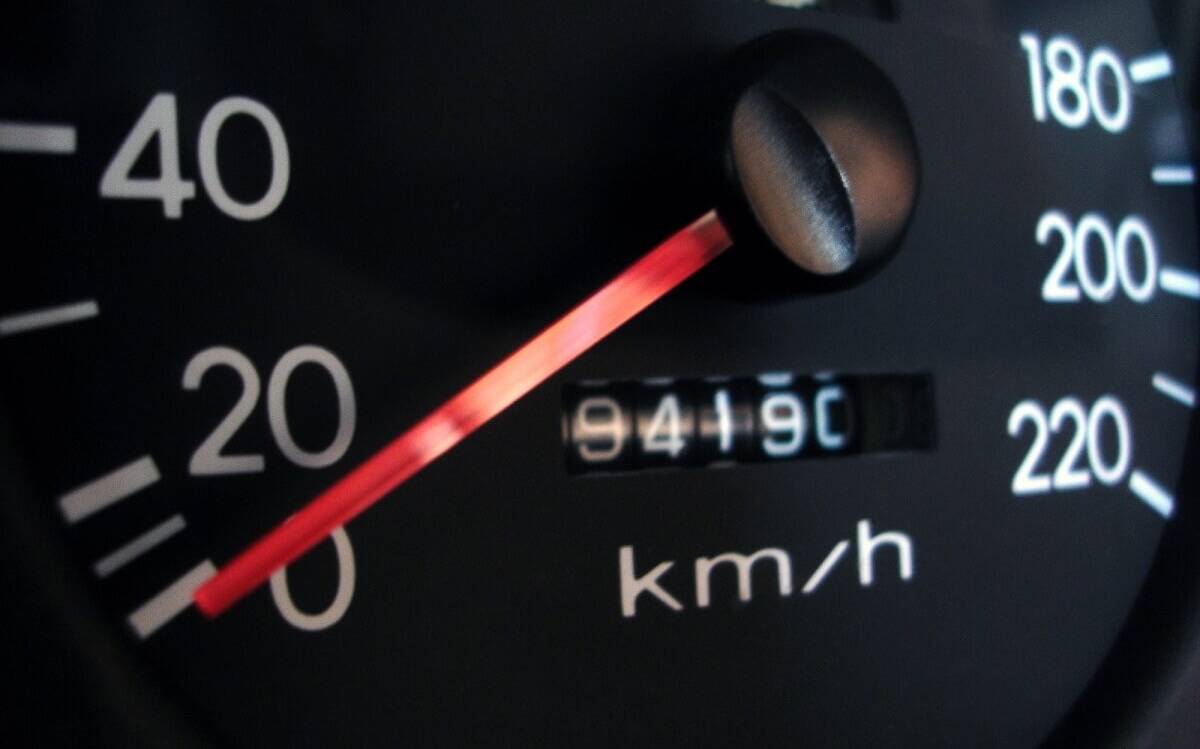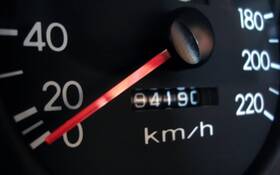From 0 to 200 000 km: The Recipe For a Long-Lasting Car
Keeping your car for as long as possible is probably the best thing to do to save money these days, but you must maintain it. As we say, take good care of your car and it will take good care of you!
Of course, all vehicles can reach 200,000 km or more, but some owners have it easier than others simply because they know how to avoid mechanical problems.
If your purchase was based more on rationality than on an impulse, it’s a good start. This implies a vehicle with equipment and features that meets your present and future needs. Moreover, for your relationship to last in the long term, you must love your four-wheel partner, find it attractive and consider it as more than just a way to get from A to B.
With this in mind, what’s the recipe for a durable car? Here are some of the ingredients:
The first thing to do is to regularly refer to your vehicle’s owner’s manual. This is crucial to apply the techniques and advice set by the manufacturer in order to ensure an optimal operation. It’s also important to follow the recommended oil change intervals and normal component inspection schedule.

If the original manufacturer’s warranty and/or the extended warranty has ended, it’s even more important to be careful about maintenance. When parts begin to wear, it’s better to replace them sooner than later to avoid repercussions on your car’s other components and systems. If possible, prioritize OEM parts for higher quality.
Brake and suspension maintenance is particularly vital, especially on Quebec’s problematic roads (those darned potholes!). And don’t forget to replace your car's various fluids at the right time, including the filters. Also, if your engine is turbocharged, supplying it with premium fuel is wise if you want optimal performances and durability.
Speaking of Quebec’s conditions, an annual rustproofing treatment is key to keep your vehicle clean and in good condition. Of course, the product and its application need to be adequate for the treatment to be effective and durable.
Lastly, beyond 100,000 km, more significant replacements and repairs will be necessary (the drive belt for example), but again, the ideal is to act sooner than later to prevent greater and pricier problems from happening.











